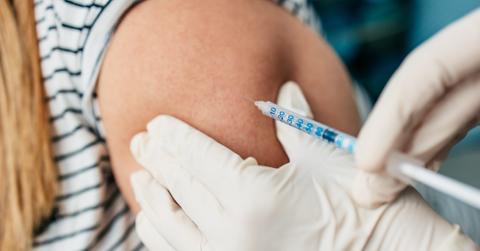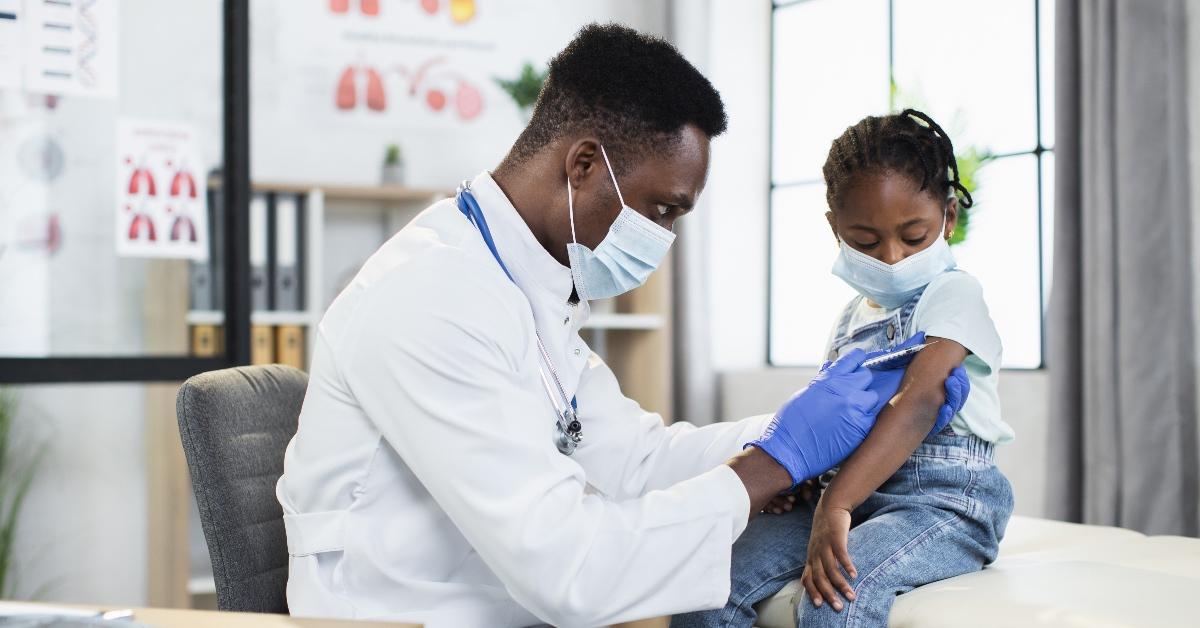A Case of Polio Emerged in New York — Are Vaccines Readily Available?
Polio vaccines still exist and are included in the CDC’s standard child immunization schedule. With a case recently emerging in New York, health officials urge the unvaccinated to get vaccinated.
July 22 2022, Published 1:19 p.m. ET

Poliomyelitis, or polio, is a disease that first emerged in the 1800s, causing multiple epidemics to arise up until the time a vaccine was created and distributed. In 1955, the polio vaccine was introduced in the U.S. and it began being administered to young children.
While the U.S. has been free of naturally-occurring polio cases since 1979, according to the Centers for Disease Control and Prevention (CDC), a new case was detected in New York in July 2022. Do polio vaccines still exist and should others be concerned?
Polio vaccines still exist and are included in the CDC’s standard child immunization schedule.

If you have children and follow the CDC’s standard child immunization schedule (most parents do as it is a requirement to attend school), then they’ve likely received one or more doses of the polio vaccine. Although those in the U.S. only receive inactivated polio vaccines (IPV) and have been since 2000, the CDC recommends that children receive them at the following ages:
- 2 months old
- 4 months old
- 6 months through 18 months
- 4 years old through 6 years old
Most schools require that children get vaccinated according to CDC guidelines, that is, unless they receive a waiver that excludes them.
Now, if you don’t have children but received the recommended doses of the polio vaccine after it became available in the U.S., you too should be protected from the disease. In the event you or your child are unvaccinated, meaning you haven't received a polio vaccine, they are available and you are encouraged to consult a physician to find out more about how you can get one.
The U.S. still administers inactivated polio vaccines (IPV), which are given in the arm or leg, while other countries use an oral polio vaccine (OPV), which is no longer licensed or available for use in the U.S., says the CDC.
What is polio, and how is it transmitted?
Polio is “a crippling and potentially deadly disease,” according to the CDC. The disease is caused by a virus and is usually transmitted “via the fecal-oral route.” This means that if a person has infected stool, uses the bathroom, and fails to wash their hands, they could spread the germs by touching another surface or by handling eating utensils or other objects.
The CDC also notes that polio can sometimes spread “via an oral to oral route.”
Is polio a contagious disease?
Polio is an extremely contagious disease that can pass from person to person. Someone who is infected is said to be contagious for “7–10 days before the onset of the disease.” The virus can also spread through a person’s stool anywhere between 3–6 weeks from the time they became infected.
Some of the symptoms associated with polio include:
- Fever
- Nausea
- Vomiting
- Other symptoms often associated with a viral illness
- Stiffness in the back, neck, or legs
Although only “95 percent of all individuals infected with polio have no apparent symptoms,” the disease can be life-threatening and even cause permanent paralysis.
Details on the polio case in New York
On July 22, 2022, the New York State Department of Health shared details regarding a recent case of polio that emerged within the state. While the last naturally-occurring polio case was recorded in 1979, a more recent case, though not a wild strain, was last recorded by the CDC in 2013.
The case was detected in a young adult living in Rockland County. The individual is said to be unvaccinated, though health officials believe they contracted the virus, which has been identified as a revertant polio Sabin type 2 virus, from someone who received an oral polio vaccine (OPV). OPVs contain a strain of a weakened live poliovirus, according to the CDC, which is no longer administered in the U.S.
